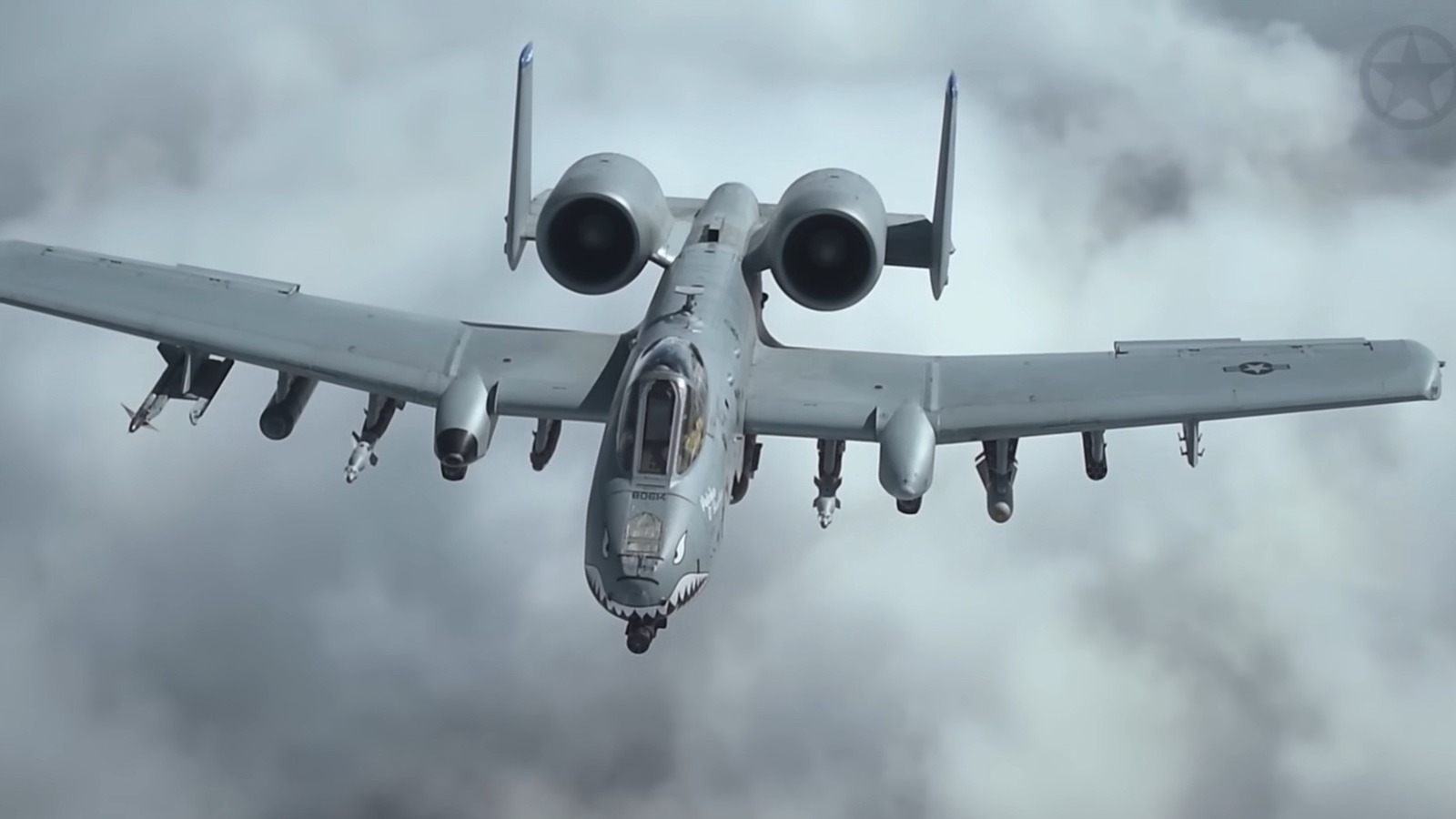Copyright jalopnik

The legendary A-10 Warthog has been granted retirement in 2026 for several reasons, including the changing landscape of modern combat and military budget limitations. Due to the aircraft's effective but simplistic design, it lacks some features necessary to compete against other modern forces. For instance, the A-10 Warthog is anything but stealthy or quick, which is a problem when sending this aircraft against an adversary utilizing state-of-the-art air defenses. In addition, considering the eye-watering cost of every variant of the F-35, for example, there aren't enough dollars left over to keep the Warthog going, with cost per flight hour sitting between $19,000 and $22,000, per National Security Journal. But there are reasons why many are reluctant to bid farewell to this iconic attack aircraft. First flown in 1972 as a prototype, the A-10 Warthog has been a mainstay in U.S. military close air support for four decades. One of its most defining features is the massive cannon protruding out of its nose, called the GAU-8/A Avenger. This 30mm cannon measures 21 feet long, and when fully loaded, tips the scales at more than 4,000 pounds, making it the heaviest automatic cannon affixed to an aircraft. With the GAU-8/A Avenger able to hold greater than 1,000 rounds, which fire at a rate of 70 every second, the A-10 Warthog can rain down absolute destruction, turning armored vehicles into Swiss cheese. U.S. soldiers are said to breathe a sigh of relief upon the entrance of an A-10 Warthog to an active battlefield. And one pilot, referred to only as McGraw, told Business Insider about its effect on enemy troops: "Lot of times [when] we're overhead, they'll just put their guns down and go away because they know the A-10 is overhead."



